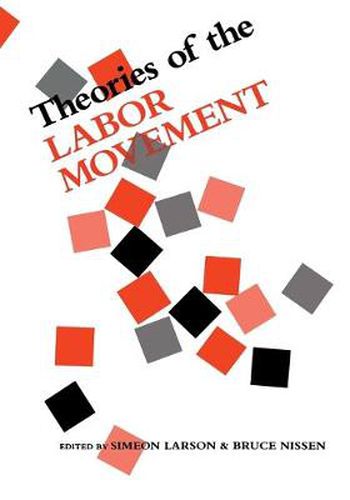Readings Newsletter
Become a Readings Member to make your shopping experience even easier.
Sign in or sign up for free!
You’re not far away from qualifying for FREE standard shipping within Australia
You’ve qualified for FREE standard shipping within Australia
The cart is loading…






Respecting both the history a labor theories and the variety of theoretical points of view concerning the labor movement, this collection of readings includes selections by Karl Marx, V. I. Lenin, William Haywood, Georges Sorel, Stanley Aronowitz, John R. Commons, Sidney and Beatrice Webb, Thorstein Veblen, Henry Simons, and John Kenneth Galbraith, among others.
Intending this as a text for classroom use, Larson and Nissen have arranged the readings according to the social role assigned to the labor movement by each theory. The text’s major divisions consider the labor movement as an agent of revolution, as a business institution, as an agent of industrial reform, as a psychological reaction to industrialism, as a moral force, as a destructive monopoly, and as a subordinate mechanism in pluralist industrial society. Such groupings allow for ready comparison of divergent views of the origins, development, and future of the labor movement.
$9.00 standard shipping within Australia
FREE standard shipping within Australia for orders over $100.00
Express & International shipping calculated at checkout
Respecting both the history a labor theories and the variety of theoretical points of view concerning the labor movement, this collection of readings includes selections by Karl Marx, V. I. Lenin, William Haywood, Georges Sorel, Stanley Aronowitz, John R. Commons, Sidney and Beatrice Webb, Thorstein Veblen, Henry Simons, and John Kenneth Galbraith, among others.
Intending this as a text for classroom use, Larson and Nissen have arranged the readings according to the social role assigned to the labor movement by each theory. The text’s major divisions consider the labor movement as an agent of revolution, as a business institution, as an agent of industrial reform, as a psychological reaction to industrialism, as a moral force, as a destructive monopoly, and as a subordinate mechanism in pluralist industrial society. Such groupings allow for ready comparison of divergent views of the origins, development, and future of the labor movement.